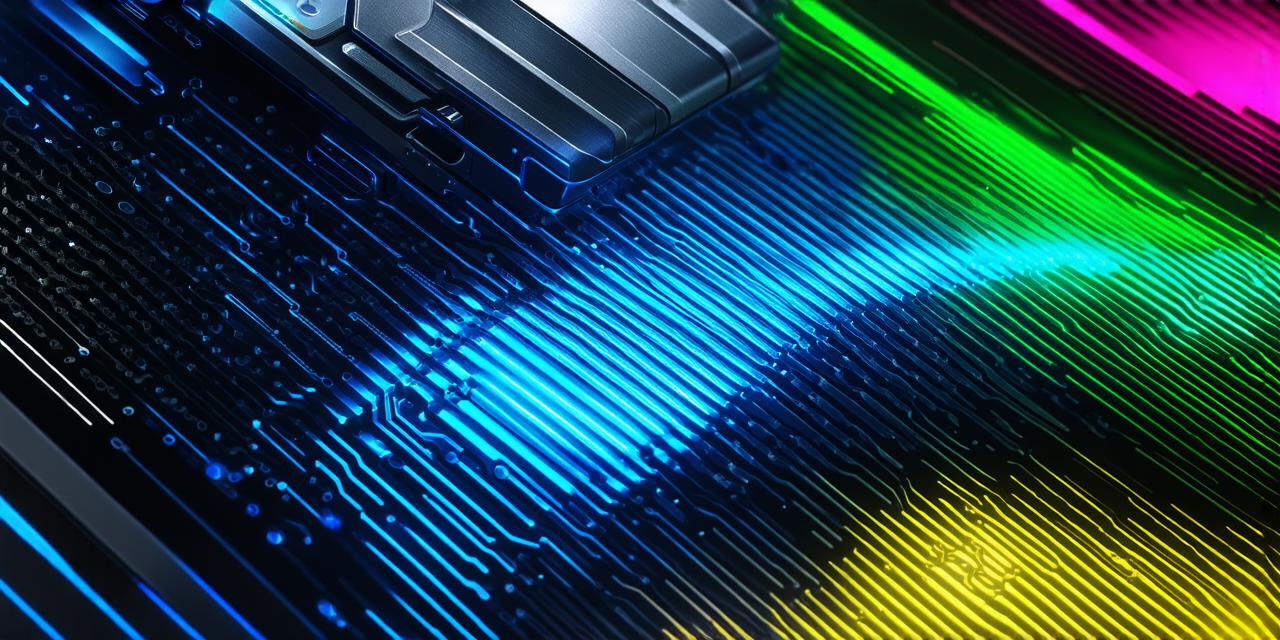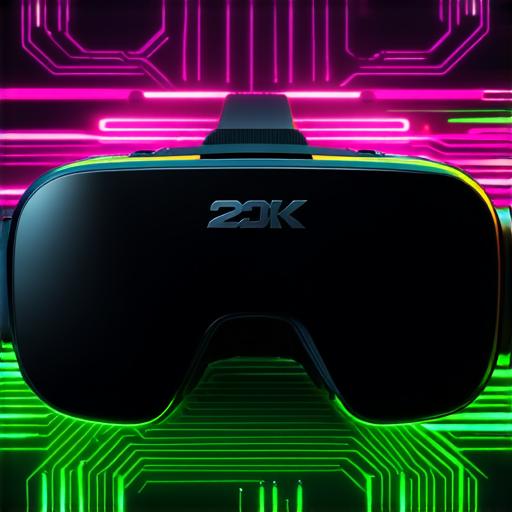
How do virtual reality headsets work?
Understanding Virtual Reality Headsets: How They Work and Their Applications in Gaming and Development
Virtual reality (VR) headsets have revolutionized the way we experience immersive technology. These devices allow us to enter virtual worlds and interact with them in ways that were previously impossible.
What are Virtual Reality Headsets?
Virtual reality headsets, also known as VR headsets, are devices that allow us to experience virtual environments in a first-person perspective. The most common type of VR headset is the Oculus Rift, which was released in 2016 and has since become one of the most popular VR devices on the market. Other popular VR headsets include the HTC Vive and the PlayStation VR.
How do VR Headsets Work?
Virtual reality headsets work by tracking the movements of the user’s head through a series of sensors located on the device. This data is then used to adjust the images displayed on the screen, creating an immersive experience that feels as if the user is actually in the virtual environment.
To create a realistic VR experience, developers must take into account the limitations of human perception. For example, if a virtual object is placed too far from the user, it may appear blurry or out of focus. Similarly, if the virtual environment is too dark, it can be difficult for the user to see and interact with objects.
One of the key components of VR headsets is their ability to track the user’s movements in real-time. This allows developers to create interactive environments that respond to the user’s actions, creating a more engaging experience.
Applications of VR Headsets in Gaming and Development
Virtual reality headsets have numerous applications in gaming and development, including:
- Gaming: Virtual reality headsets are revolutionizing the way we experience video games. With VR, users can enter virtual environments and interact with them in ways that were previously impossible.
- Training and Education: Virtual reality headsets have numerous applications in training and education. For example, medical students can use VR headsets to simulate surgeries and other procedures, allowing them to gain hands-on experience without risking the health of real patients. Similarly, pilots can use VR headsets to simulate flight, allowing them to hone their skills in a safe and controlled environment.
- Architecture and Design: Virtual reality headsets have also found applications in architecture and design. With VR, architects and designers can create virtual models of buildings and environments, allowing clients to experience and interact with their designs in ways that were previously impossible.
- Marketing and Advertising: Virtual reality headsets have also found applications in marketing and advertising. For example, car manufacturers can use VR headsets to showcase their latest models in virtual showrooms, allowing potential buyers to experience the vehicles in a way that was previously impossible. Similarly, real estate agents can use VR headsets to give potential buyers a virtual tour of properties, allowing them to see and interact with the spaces in ways that were previously impossible.
- Entertainment: Virtual reality headsets have also found applications in entertainment, including movies, concerts, and live events. For example, users can watch movies in a virtual theater or attend concerts and other events from the comfort of their own homes.



